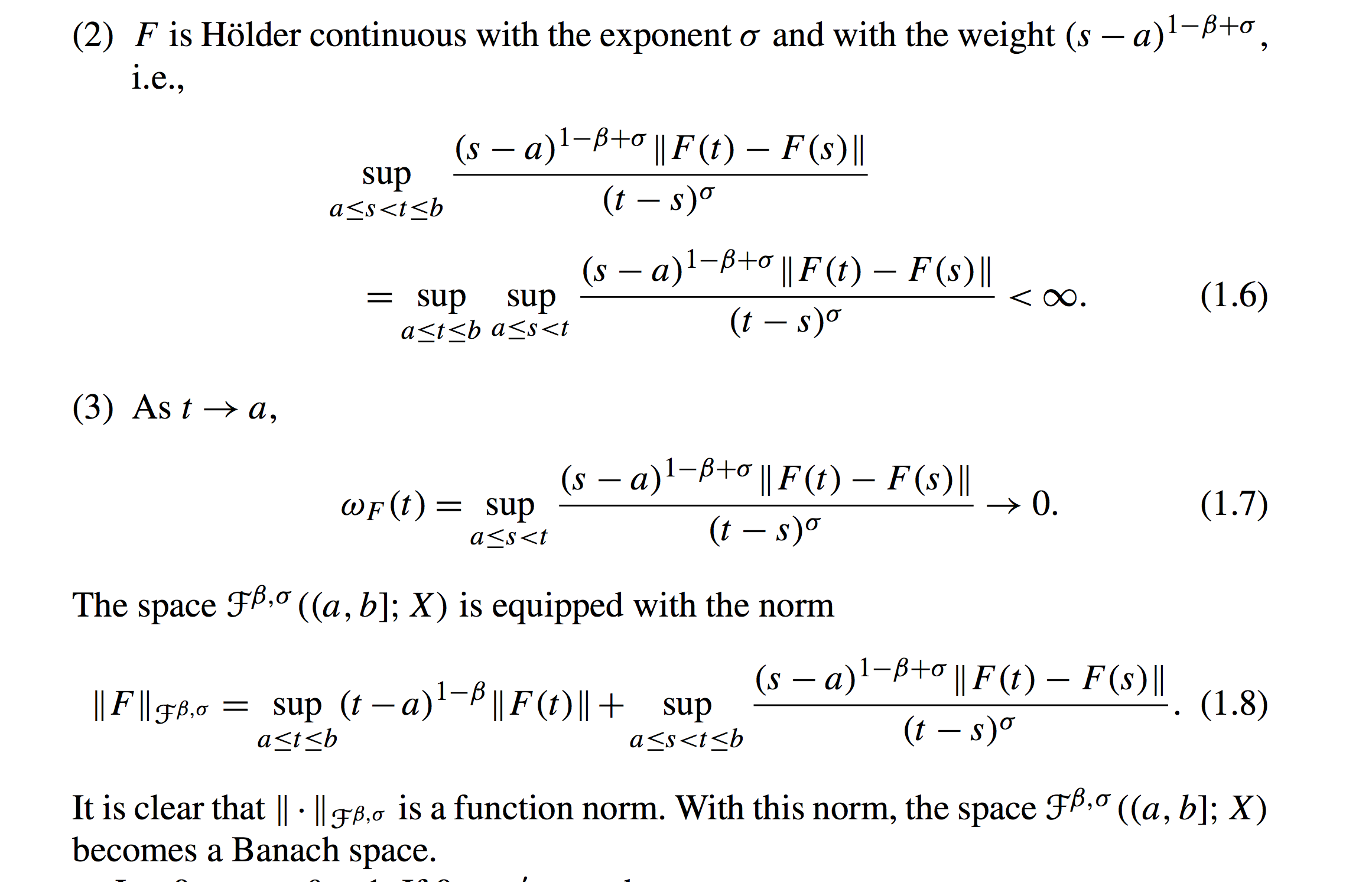This problem has been addressed by many authors. Here I present a general result (Theorem 4.1) from the "Abstract parabolic equations and their applications" by A. Yagi. Let us consider the following semilinear equation in $X$: \begin{equation} \left\{\begin{array}{l} u'(t)+Au(t)=F(u)+g(t), t>0\\ u(0)=u_0, \end{array}\right. \end{equation} where $F:D(A^\eta)\to X$, ($0<\eta< 1$) satisfies $$ \|F(u)-F(v)\|\leq \varphi(\|A^\beta u\|+\|A^\beta v\|)\|A^\eta(u-v)\|+(\|A^\eta u\|+\|A^\eta u\|)(\|A^\beta (u-v)\|)\quad \forall~u,v\in D(A^\eta). $$ with some $0<\beta \leq \eta<1$. Then we have the following result: Given any $g\in \mathcal{F}^{\beta,\sigma}((0,T];D(A^\beta))$, where $0<\sigma<1-\eta$, and any $u_0\in D(A^\beta)$. The equation above possesses a unique local solution $U$ in the function space: $$ u\in C((0,T_{g,u_0}];D(A))\cap C([0,T_{g,u_0}];D(A^\beta))\cap C^{1}((0,T_{g,u_0}];X), $$ and $$ \frac{d u}{dt},~Au\in \mathcal{F}^{\beta,\sigma}((0,T];X), $$ where $T_{g,u_0}$ depends only on the norms of $g$ and $A^\beta u_0$. You can apply this result directly. Below is the definition of the function space used here. (It is midnight in Hong Kong, and I really need to sleep. This is just a draft. Sorry to use the picture instead of typing myself. If I have time, then I may update more).


